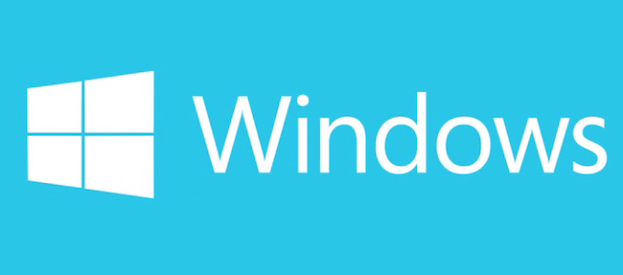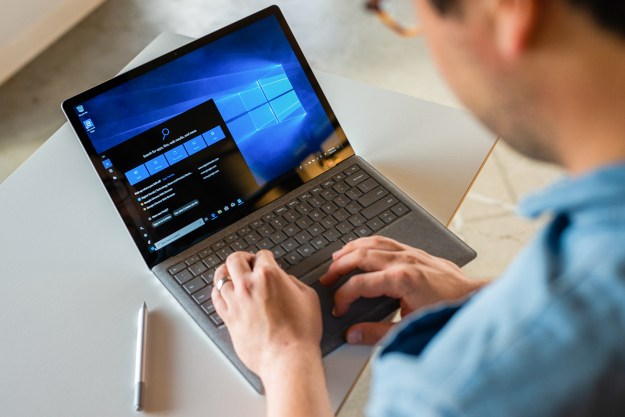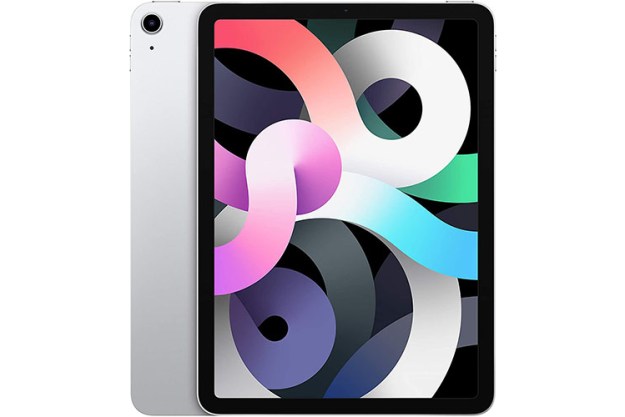
After Microsoft confirmed last week that the upcoming update to Windows 8 will be available for users to preview by the end of June, more details are surfacing about Windows Blue – though we won’t know how true they are until the final release of the software is available this fall.
Charms menu and other fixes
As Acer’s President Jim Wong hinted last week, Blue is all about making Windows 8 easier to navigate for users without a touchscreen because the operating system in its current state alienates users with older computers. That’s why the Charms menu (see below) may become more mouse-friendly in Blue, according to ZDNet. Currently, this black vertical bar lets users control key functions like connecting to a Wi-Fi network and connecting with a printer, but it can be frustrating to open if you don’t have a touchscreen. (Usually, users can access it by swiping from the right toward the center of the touchscreen, but good luck if you have just a mouse or a touchpad that doesn’t understand swiping gestures.) Based on ZDNet’s tipsters, Microsoft is also reportedly adding some “built-in tutorials and in-context help,” and is touching up the look of the tiled homescreen with Blue, though these changes may not show up until the final release of the software update.
By making the Charms menu easier to open, and possibly bringing back the Start button and boot-to-Desktop feature that users have been asking for, these improvements in Blue will go a long way to making users more comfortable with Windows 8.

Blue = free?
Despite the fact that Microsoft’s Tami Reller told ZDNet the company will be releasing pricing information on Blue soon, which suggests the update to Windows 8 won’t be free, various analysts surveyed by Computerworld all seem to think the Redmond-based company will be making an exception to this first update by giving Blue away for free to current Windows 8 users.
“I don’t think that in the current Windows 8 climate they can charge for the first update, as the perception of many users will be that any changes being made or features they are adding will make Windows 8 the way it should have been when they first purchased it,” said Michael Cherry of Directions on Microsoft, an “independent source of information for IT executives who need clarity about Microsoft technologies, strategies, product roadmaps, and licensing policies.”
Gartner analyst Michael Silver concurs. Silver told Computerworld that even though he acknowledges that “[Microsoft] would be walking a tightrope giving away Blue for free, and be setting a precedent,” he believes that Microsoft will “give this one away,” considering how “controversial” of a technology Windows 8 is.
No matter what Microsoft wants to call this update to Windows 8, it’s hard to think of it as being much different from the service packs that the company used to offer users for free. Even IDC Analyst Brett Waldman has trouble wrapping his head around this one. “I find it hard to believe that Microsoft would try to monetize Windows Blue,” Waldman told Computerworld. “In my mind, it’s more like a service pack-plus-feature pack, which have always been included with the purchase of a license.”
Current Windows 8 users will probably agree; but will Microsoft really give up on this opportunity to make some more money, even though these changes should really have been a part of Windows 8 from the get go?
Editors' Recommendations
- Windows 11 update: New gestures, Start menu changes, and more
- The next major Windows 10 update is about to launch. Here’s how to get it now
- Windows 10 May 2020 Update plagued by issues with Chrome, printing, and more
- Windows 10 May 2020 Update review: Small tweaks that matter
- It’s official: The next version of Windows 10 is the May 2020 Update


